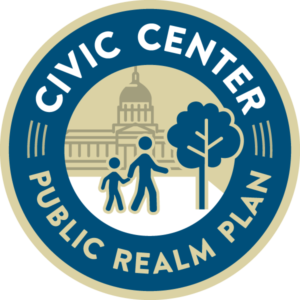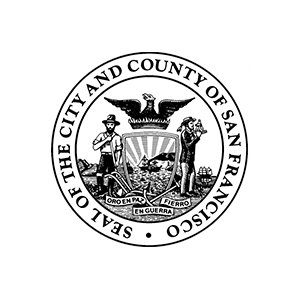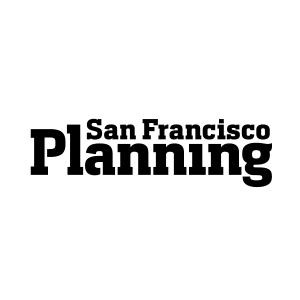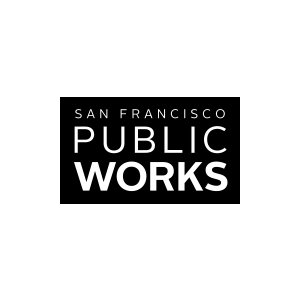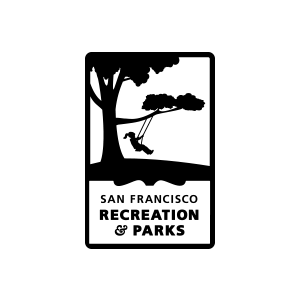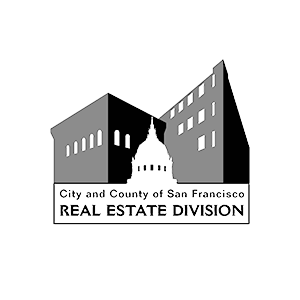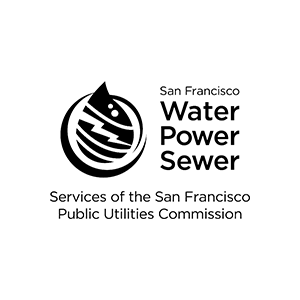Public spaces take on their own identities which reflect the people who frequent them. Civic Center has many identities because of the many different people it serves. It is seen as a civic gathering place for protests and rallies. It serves as a beautiful backdrop to newlyweds and recent graduates. It serves as a public open space for the communities that reside in the Tenderloin, Hayes Valley, and SOMA. It also is the home of major public gatherings that are important to San Franciscans and Bay Area residents.
For this second edition of Civic Center Stories, I decided to ask people a set of specific questions meant to hone in on their attachment to Civic Center’s public space; how often they visited, what they liked or disliked about the area, and how the public spaces made them feel. For some people, Civic Center is simply a thoroughfare to get from one destination to another. For many people, Civic Center meant so much more. One identity that I discovered is that public space in Civic Center serves as a comforting place for some of our most vulnerable populations. Civic Center is called “The Heart of San Francisco” not simply because its convenient location allows it to be a central meeting place, it is The Heart of San Francisco because it also serves those in need. Many of the people I interviewed were going through difficult hardships but one thing they had in common was how special Civic Center is to them. In many ways, Civic Center’s public spaces were one of the few, if not the only, places in San Francisco where they felt a sense of belonging, community, and in some cases, a sense of safety.
Prior to my work on Civic Center Stories, my own response to the questions I asked the people I met this summer would be very different then they are today. I would have said “I don’t visit unless I have to” or “there’s no reason to go there.” Now I would say that Civic Center is where Abraham can be seen listening to his music and chatting up strangers, where Terrance is helping people get to where they’re going, where Juanita is singing and smiling for tourists, where Annie gets to give people dignity with conversation and hygiene kits at the Lava Mae trailer, and where Michelle is helping her friends sell produce at the Farmer’s Market. Now I would say that Civic Center is where I go to be among “San Francisco people” which, to me, simply means everyone and anyone; there’s no place else I can think of in San Francisco that brings such a diverse cross section of the City together. As you’ll read the second edition of Civic Center Stories, you’ll hear people mention some great ideas for how Civic Center could serve this role even better than it does today. Over the next year, the Civic Center Public Realm Plan will work with the community to explore those ideas in greater detail. But I hope these stories help all who read them understand how in many ways, Civic Center is already one of our City’s most meaningful public spaces. As we plan its future, it will be critical to ensure it continues to meet the needs of the people who treasure it today.
